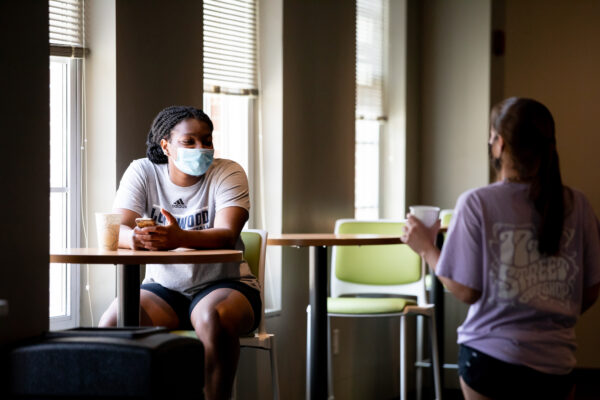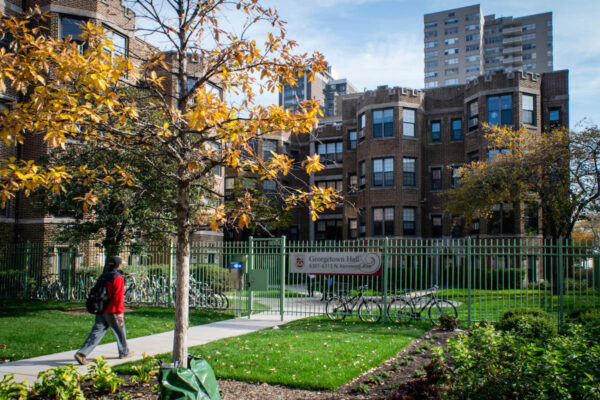Chronicling Basic Needs Insecurity Throughout COVID-19
Title: RealCollege 2021: Basic Needs Insecurity Among Texas College Students During the Ongoing Pandemic: A #RealCollegeTexas Report
Author: The HOPE Center
Source: The HOPE Center
URL: https://hope4college.com/wp-content/uploads/2021/05/RC2020_RCTX.pdf
A recently released report from the HOPE Center presents findings on student basic needs in Texas throughout the COVID-19 pandemic. The report draws upon data from the Center’s #RealCollege survey, developed as the first higher education survey reporting on food and housing insecurity needs of college students. Fourteen colleges across Texas fielded the survey during the fall 2020 semester, including 10 two-year colleges, and four four-year institutions, three of which were HBCUs. Yielding a nine percent response rate, nearly 13,000 students responded to the survey. The survey reports on the overall experiences of students during the fall 2020 semester, with a particular focus on three areas of basic needs insecurity: food insecurity, housing insecurity, and homelessness.
Among key findings from the report and survey:
- Nearly 2 out of 3 respondents experienced some form of basic needs insecurity (65 percent). Though the rate was similar for students attending two-year colleges (64 percent), it was notably higher for students from HBCUs (72 percent).
- Overall, 67 percent of students experiencing any basic needs insecurity did not think they were eligible for support programs.
- Housing insecurity was the most prevalent basic need insecurity reported (55 percent), followed by food insecurity (43 percent), and homelessness (16 percent).
- Eighty percent of student respondents from HBCUs heard of the federal CARES Act Grant program. Only slightly over half (53 percent) of two-year college students heard of the program.
- One out of every three students reported experiencing at least moderate anxiety. About one-third of students (34 percent) reported experiencing depression.
- Nearly one in five respondents (18 percent) reported losing a close friend or loved one to COVID-19. Black, Hispanic, or Latinx, and Indigenous students (23 to 24 percent) reported such loss at nearly twice the rates of White, Asian, and students of other races.
The report provides an in-depth examination of the experiences of Texas students throughout the pandemic, detailing the challenges in meeting basic needs, and disaggregating findings between institutional types and student subgroups. An appendix, detailing survey methodology, and providing additional findings and information on the student sample is included with the full report. To read the full report, please visit the HOPE Center website or click here.
—Charles Sanchez
If you have any questions or comments about this blog post, please contact us.


